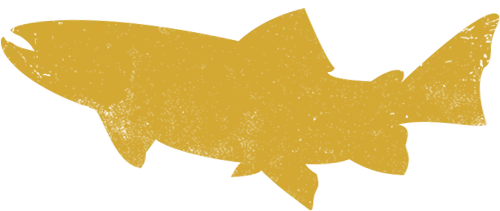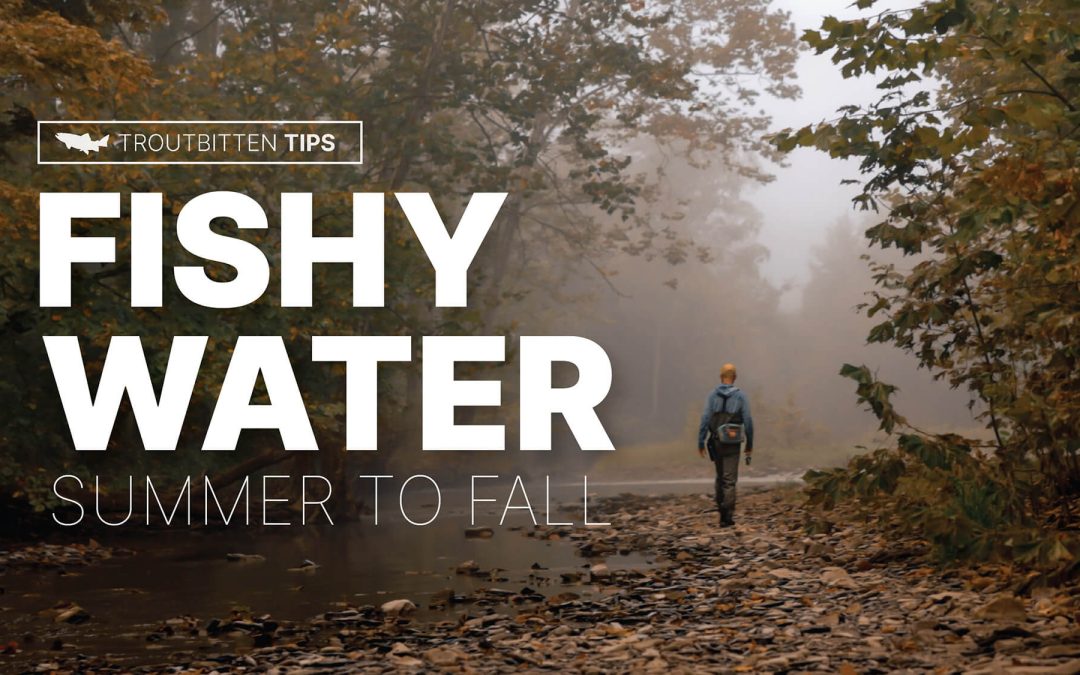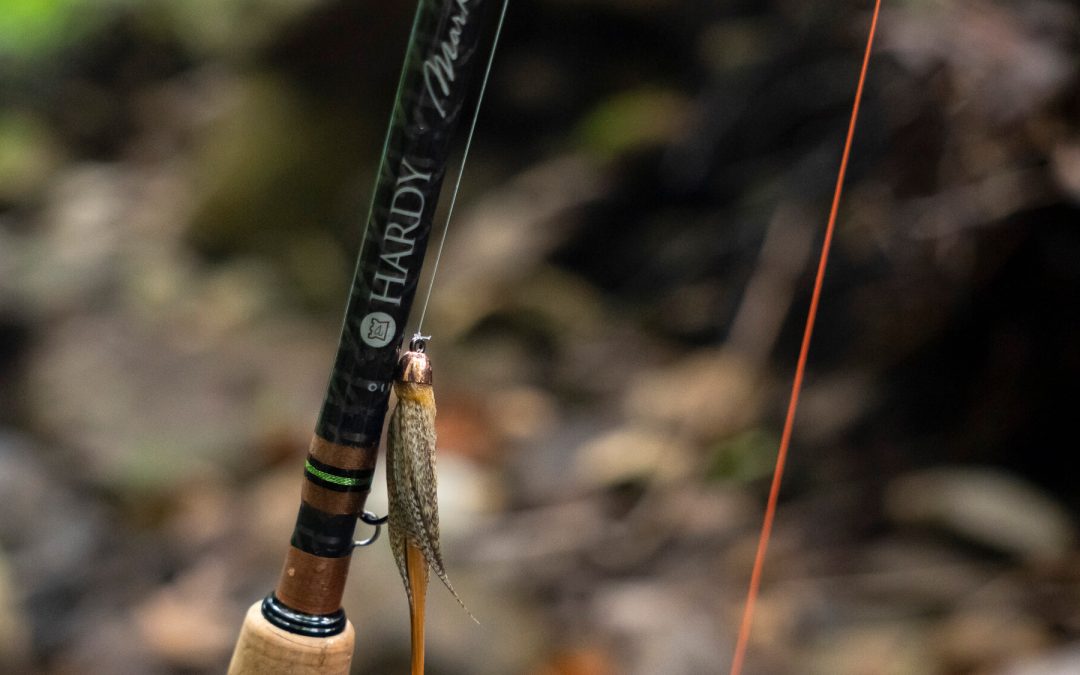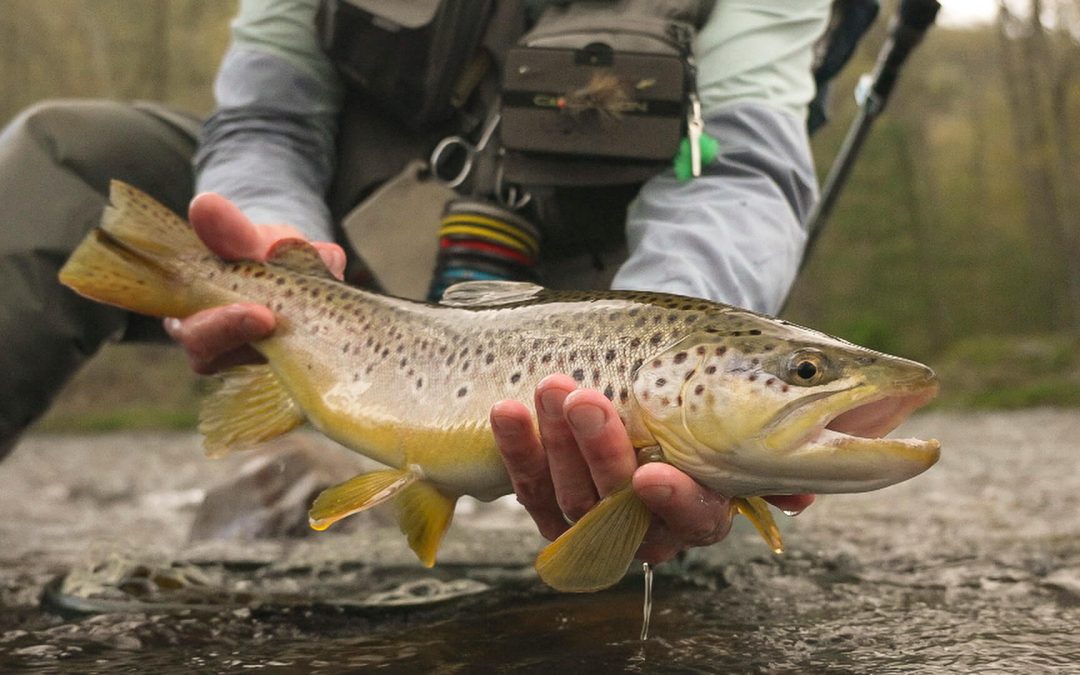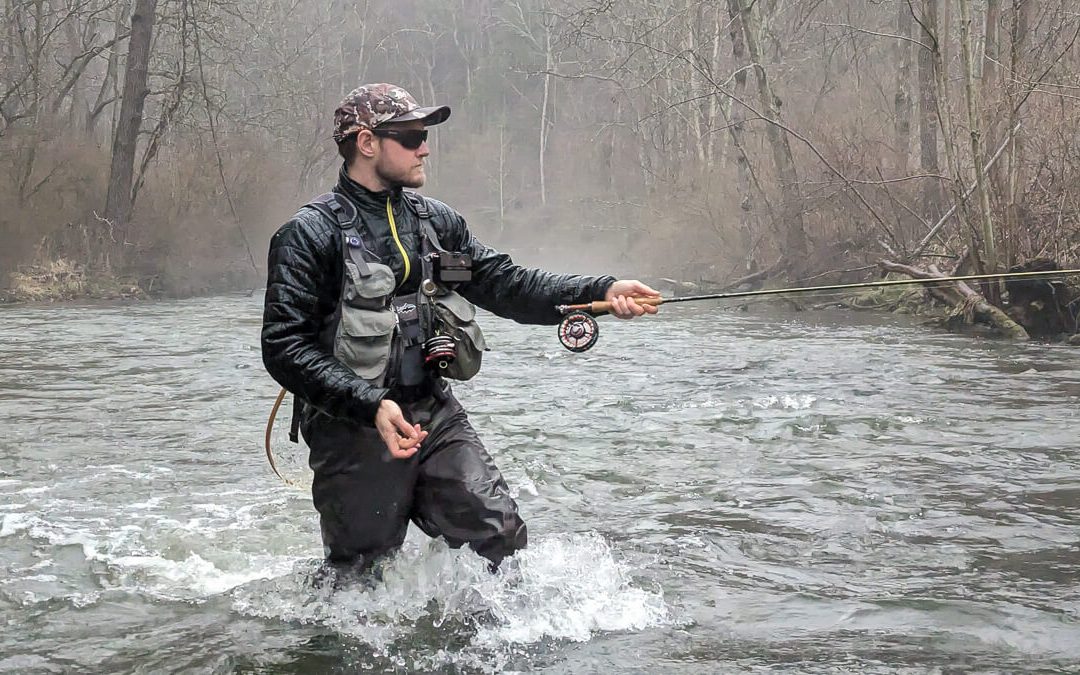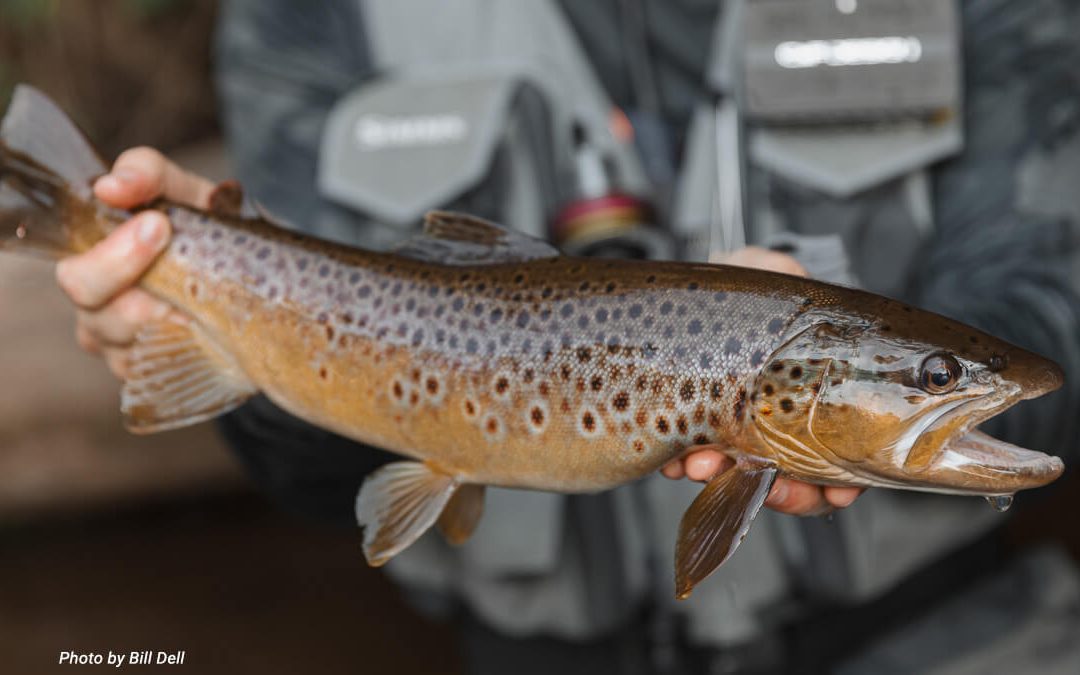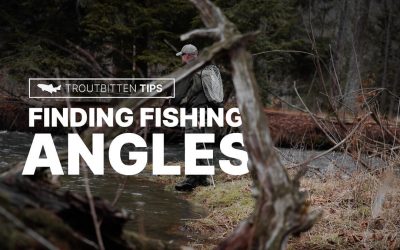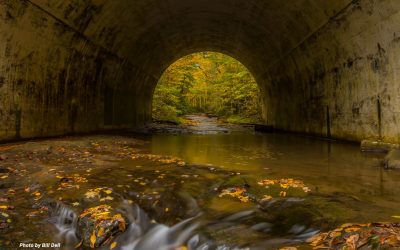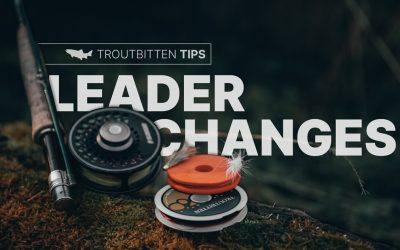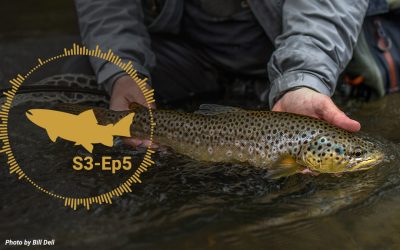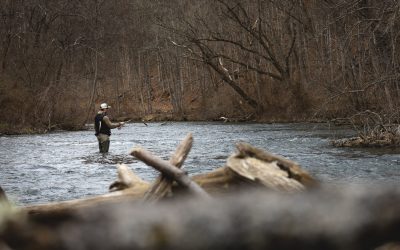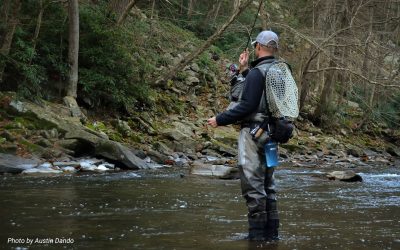Find feeding fish. Find the fishy water. These are the keys to putting trout in the net. But as the seasons change, so do the habits of trout. This film focuses on the shift between summer to fall.
Consistency on the water, day to day, requires an awareness of the shifts that take place, season to season.
Meeting trout in these times of transition takes some forethought and willingness to adapt . . .
